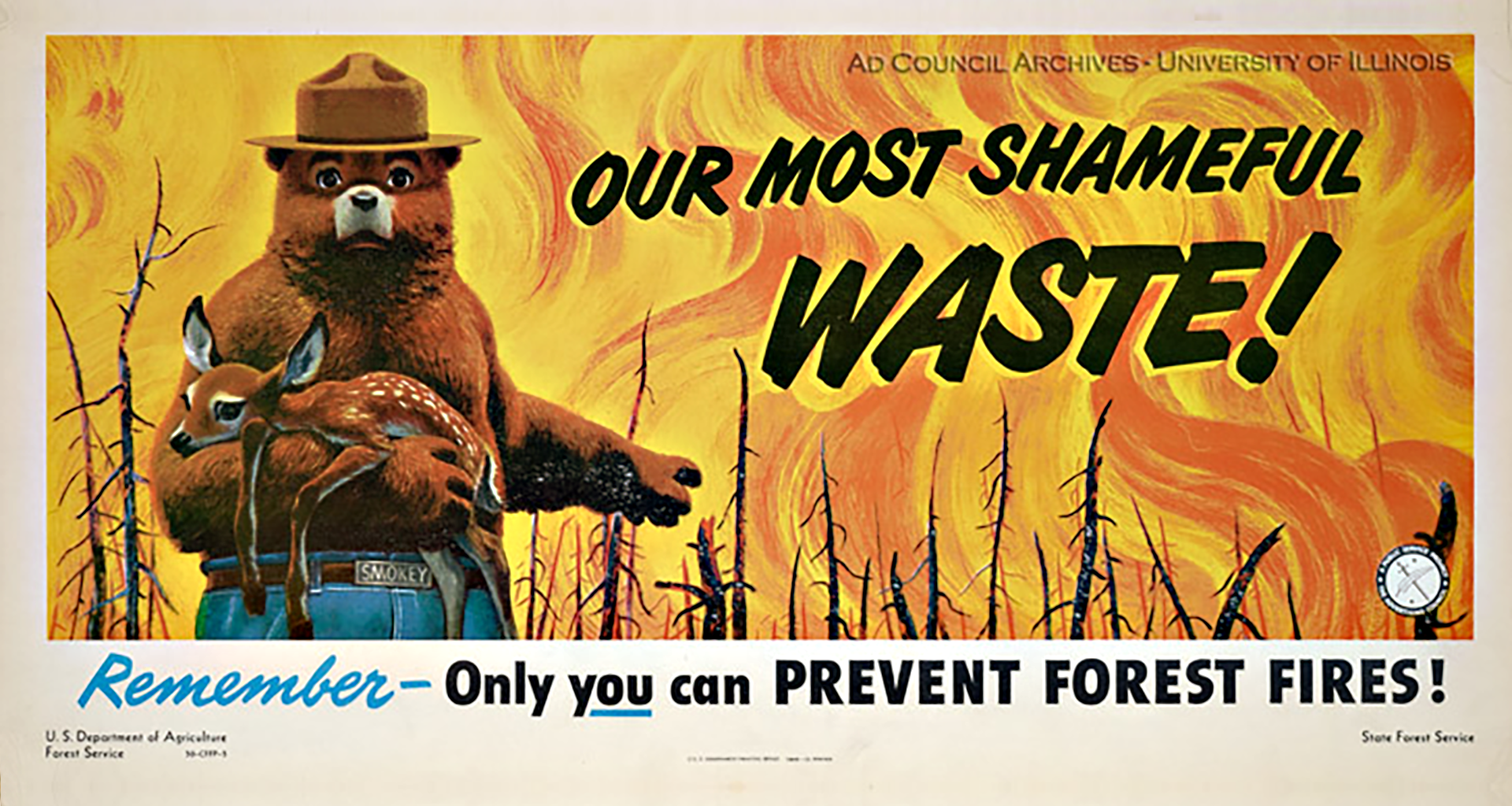Social Marketing – Part Two: Defining the Issue and Awareness
In an era when persuading people to follow important guidelines or take simple actions can save lives, social marketing plays a crucial role in getting that information to the public. We’ve shared what Social Marketing is, and why it’s an effective approach to inspiring desired behavioral change. In this post, we start to break down each step in the process. The first step we embark on for a client’s social marketing program is to identify and quantify the issue or challenge.
Identify/quantify the issue or challenge – define the desired change in behavior and how it will be measured
Social marketing campaigns address a problem by encouraging positive behavior changes. Before developing your campaign’s creative idea, buying media, or writing social media posts, you must fully understand the issue your campaign will address and the behavior change(s) needed to solve it. Marketing professionals often call this step “Situation Analysis” because it breaks down all the factors at play in a certain problem or situation.
Begin by using secondary research to fully understand the issue. News articles, academic journals, and public data can give you a better sense of the problem and potential solutions.
For example, in developing the City of Milwaukee’s RECYCLE FOR GOOD Campaign to Increase Recycling, we first looked at secondary resources, such as reporting and data from the recycling vendor and patterns of recycling. Then, we conducted primary research using focus groups and surveys to determine attitudes toward recycling, knowledge of what can be recycled, and how to recycle. What we discovered is that the majority of people in the City were in favor of recycling, but not all of them were recycling because:
- They weren’t sure of what items could or couldn’t be recycled
- There weren’t aware of the recycling schedule: i.e., when their recycling cart needed to be put out for pick up
- Some households didn’t have carts; they had smaller bins which weren’t large enough to recycle more items
- They weren’t aware of how much revenue the City could earn by recycling, which supports other public services and resources
What we learned helped us to determine which areas of the City needed more education and outreach, how to revise the pick-up schedule to make it easier to recycle, and what types of messaging to focus on in order to increase recycling. A focused strategy is necessary to use budget and resources wisely.
You should also understand the TYPE of problem your campaign will address, as this will inform the strategies in your social marketing campaign. Are people even aware of the problem? If not, your campaign should strive to inform as many key audience members as possible that the problem exists and needs to be addressed. Do people care about the problem? If not, develop messaging that changes attitudes and opinions. If people know and care about the issue, but have not done anything to solve it, your campaign should focus on turning apathy to action. Typically, social marketing campaigns will address all three types – awareness, attitude, action – at some point in its plan. However, it is helpful to note which type needs the most attention and resources. You cannot expect someone to act on an issue if they are not aware of it.
For example, when the opioid abuse epidemic began to spike across the country, AFFIRM worked with the Wisconsin Department of Justice to develop a social marketing campaign to build awareness and start prevention measures in the state. Through secondary and primary research done during the situation analysis, we found that in Wisconsin, people were unaware that opioid abuse was a problem, primarily because of attitudes that opioids are prescribed by medical professionals, and deemed to be “safe”. So, our campaign goals needed to include a plan to reach the entire state to raise awareness of the dangers of opioid addiction as well as to ensure that people were aware that opioids are highly addictive drugs and may not be safe even if prescribed by a doctor.
It’s important to be as specific as possible when defining your problem. For example, your problem is not “a lot of people abuse prescription opioids in Wisconsin,” but rather “Wisconsin experienced a 260% increase in opioid overdose deaths.”
By making your problem and solution specific and measurable, you can develop your campaign objectives: the steps your campaign will follow to solve the problem. Identifying the issue, the challenge and the awareness leads to the next step in the process: identifying the target audience.
Just like traditional consumer marketing, social marketing messages should be targeted to the people most in need of hearing them. In the case of the opioid campaign, research showed that young people are most susceptible to not only using opioids, but then turning to heroin and other street drugs when their supply of prescription painkillers is cut off. Therefore, the primary target of the campaign, branded DOSE OF REALITY, was 12-25 year olds. The challenge then becomes how to consistently reach this target audience with enough consistency using media channels they’re accessing in order to be effective.
By taking the steps outlined in these Social Marketing blogs, you can develop a campaign to address an issue that’s impacting society and spark positive change in your community. Need help developing your strategy or choosing the right behavior change approach, let us know!



